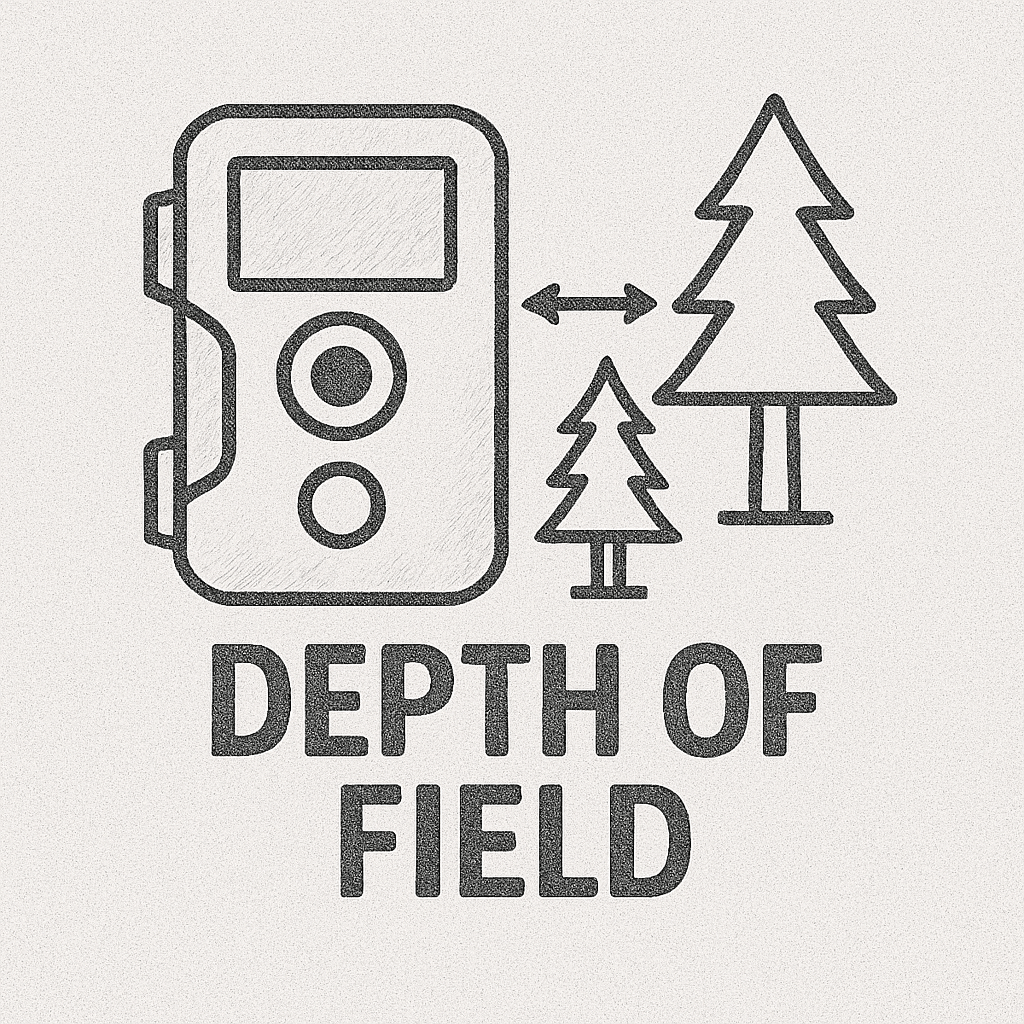Wide-Angle Lens – Definition, Uses, and Technical Details
Discover what a wide-angle lens is, its uses in photography genres like landscape and architecture, and its technical details including focal lengths, field of view, and depth of field.
Glossary
The observable area visible through an optical device, typically expressed as an angle in degrees, determining how much of a scene can be captured.
Field of View (FOV) refers to the extent of the observable area that a camera, trail camera, or optical device can capture at a given moment. Usually expressed in degrees, FOV determines the width and breadth of the scene visible through the device’s lens. A wider FOV encompasses more of the environment, while a narrower FOV focuses on a smaller, more specific area.
In trail cameras, the choice of FOV can significantly impact overall effectiveness, making it a crucial factor when selecting a camera for specific use cases, such as wildlife monitoring or security.
| Feature | 60° FOV (Narrow) | 100° FOV (Wide) |
|---|---|---|
| Coverage Area | Focused | Broad |
| Subject Detail | High | Lower |
| Best Use Case | Specific Spots | Open Fields |
| Camera Placement | Precise | Flexible |
Horizontal FOV can be mathematically derived using the following formula:
FOV = 2 × tan⁻¹ (Sensor Width / (2 × Focal Length))
Where:
Example:
For a sensor width of 12 mm and focal length of 24 mm:
FOV = 2 × tan⁻¹ (12 / (2 × 24)) ≈ 53°
Examples:
Examples:
Field of View (FOV) is a vital feature of trail cameras, determining the scope and detail captured in each shot. Choosing the right FOV depends on your application needs—whether it’s capturing a broad landscape or focusing on a specific point. By understanding the nuances of FOV, users can optimize their trail camera setups for the best results.
Explore our selection of trail cameras featuring various Field of View options to suit your monitoring requirements.
Field of View (FOV) refers to the observable area visible through an optical device, expressed as an angle in degrees, determining how much of a scene can be captured.
FOV is calculated using the formula: FOV = 2 × tan⁻¹ (Sensor Dimension / (2 × Focal Length)). It depends on the sensor size and lens focal length.
FOV is influenced by lens focal length, sensor size, and working distance. Shorter focal lengths and larger sensors result in wider FOVs.
FOV determines the coverage area monitored by trail cameras. Wide FOVs capture larger areas, while narrow FOVs focus on specific spots for detailed monitoring.
FOV refers to the observable area visible through a lens, measured in degrees, while DOF refers to the range of distance in an image that appears sharp and in focus.
Discover what a wide-angle lens is, its uses in photography genres like landscape and architecture, and its technical details including focal lengths, field of view, and depth of field.
Learn about focal length in trail cameras and photography, including its impact on field of view, magnification, and depth of field, and how it affects wildlife monitoring.

Understand Depth of Field (DoF) in photography, including its definition, influencing factors, use cases, and tips for achieving creative effects with shallow and deep focus.